► Nissan’s clever e-Power Qashqai tested in the UK
► It’s technically a range-extender
► Worth choosing over the cheaper mild-hybrid?
The Nissan Qashqai has become the VW Golf of the family SUV world. ‘What crossover should I buy?,’ the general public asks. ‘Probably, a Qashqai, if you must.’
This new third-Qashqai is Nissan’s best yet. Better to drive with a smarter interior and more space for all the pushchairs, nappies and McDonald’s fries that come with family life.
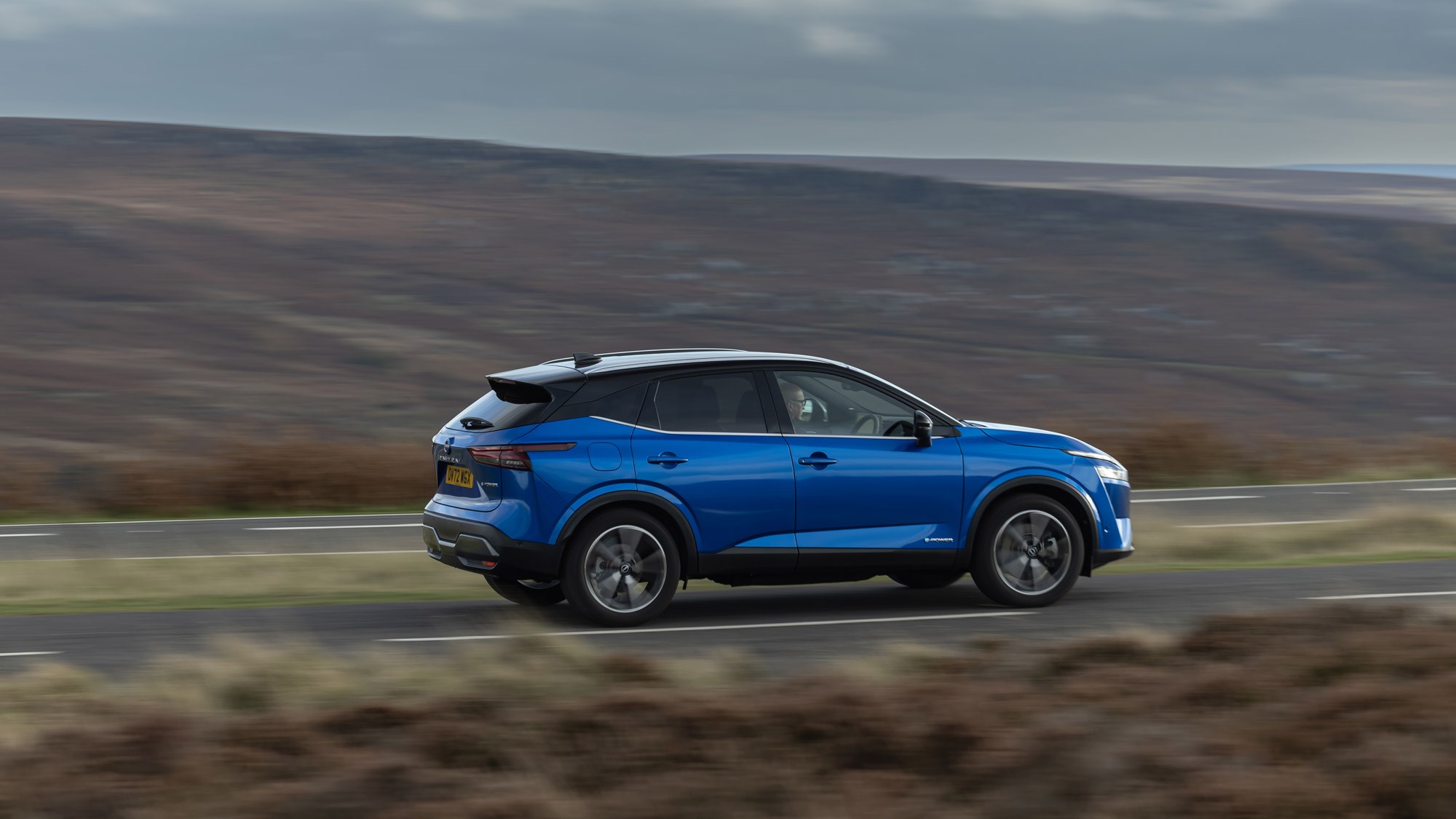
But until now, the Qashqai’s main weakness has been its engines, with the lukewarm 1.3-litre mild-hybrid petrol engine it launched with neither quick nor efficient. Nissan told us to wait for the e-Power hybrid, and now the wait is over, as it looks to take a growing slice out of the hybrid SUV segment that the Hyundai Tucson and latest Kia Sportage have been dominating.
Nissan doesn’t refer to the e-Power as a hybrid at all, claiming it offers more of an EV-like driving experience. It’s so confident in its ability that it won’t offer a plug-in hybrid Qashqai, unlike most of its rivals. Bold move.
At a glance
Pros: Refined hybrid setup, easy-to-understand tech, practical and useful
Cons: Very sensible, e-Power setup isn’t massively frugal, road noise
What’s new?
According to Nissan, E-Power is unique because the petrol engine has no transmission between it and the wheels. Instead, the 1.5-litre variable compression three-cylinder petrol engine generates electricity which provides power to an inverter, which sends power to a motor that then powers the wheels. This is different to parallel systems found in traditional hybrids such as the Toyota Prius, as in these models the engine still drives the wheels.
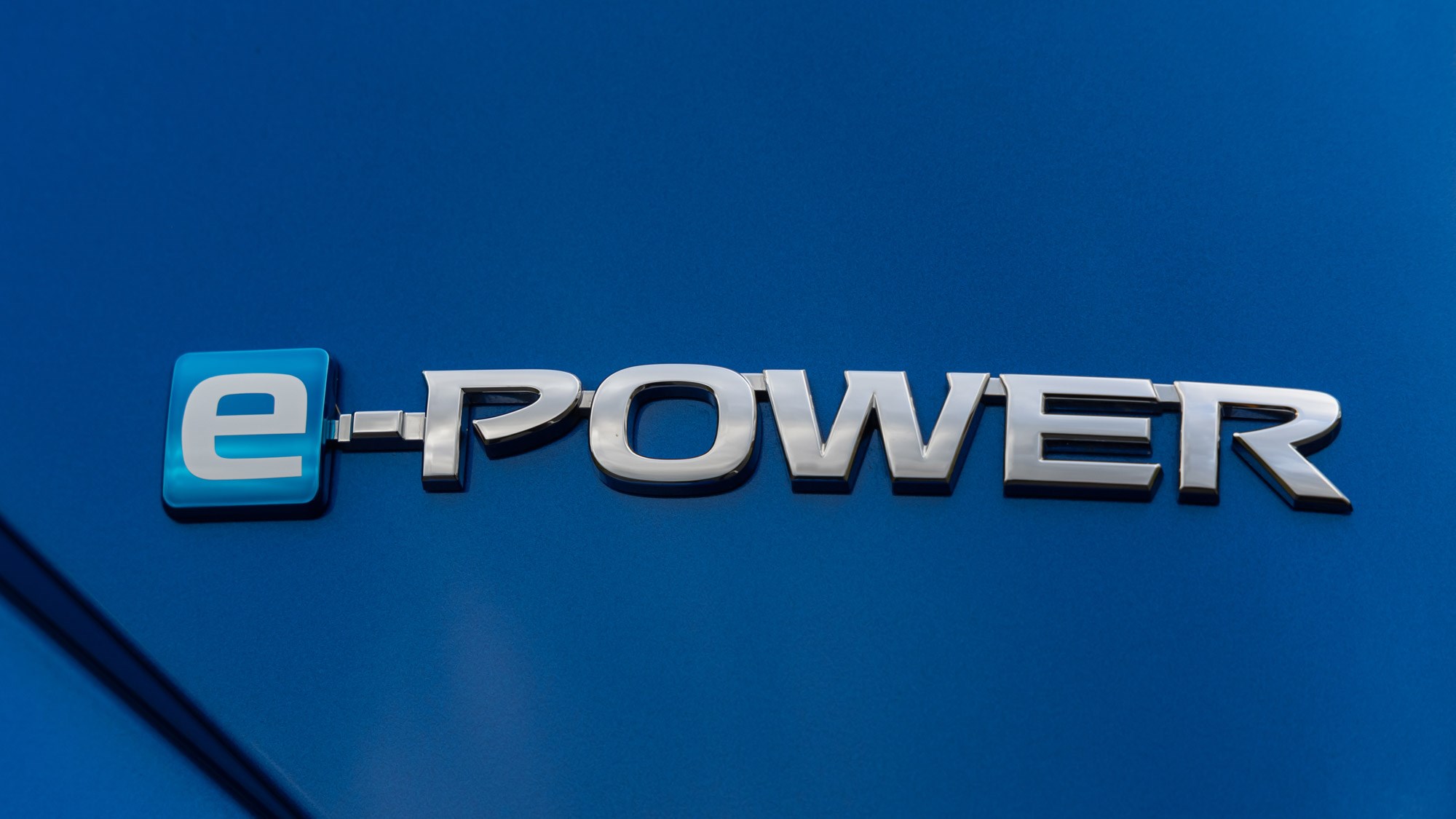
Total power output is up compared to the mild-hybrids too, but more on that shortly. You can tell the E-Power models apart from the mild-hybrid Qashqais by their new black grille and specific badges, but in terms of visuals it’s otherwise business as usual.
What are the specs?
The e-Power is noticeably the most powerful Qashqai you can buy, with figures of 187bhp and 243lb ft of torque, all delivered to the front wheels.
It’ll take 7.9 seconds to get from 0-62mph, with a 105mph top speed. As for fuel economy, Nissan seems quite optimistic with its efficiency figures, claiming 54.1mpg and 117g/km CO2 emissions. In real-world testing, we averaged more like 45mpg, and seemingly little better on fuel than the mild-hybrid.
How does it drive?
Very generally speaking, hybrids – especially of the self-charging type – don’t tend to be all that much to drive. There’s the usual dreaded CVT that moos away as you attempt to get up to speed, and occasional convoluted switch between the two power sources.
But there’s none of these such issues with the Qashqai, as with the electric motor primarily driving the wheels, the response is smooth, with the engine only making itself heard if you really put your foot down.
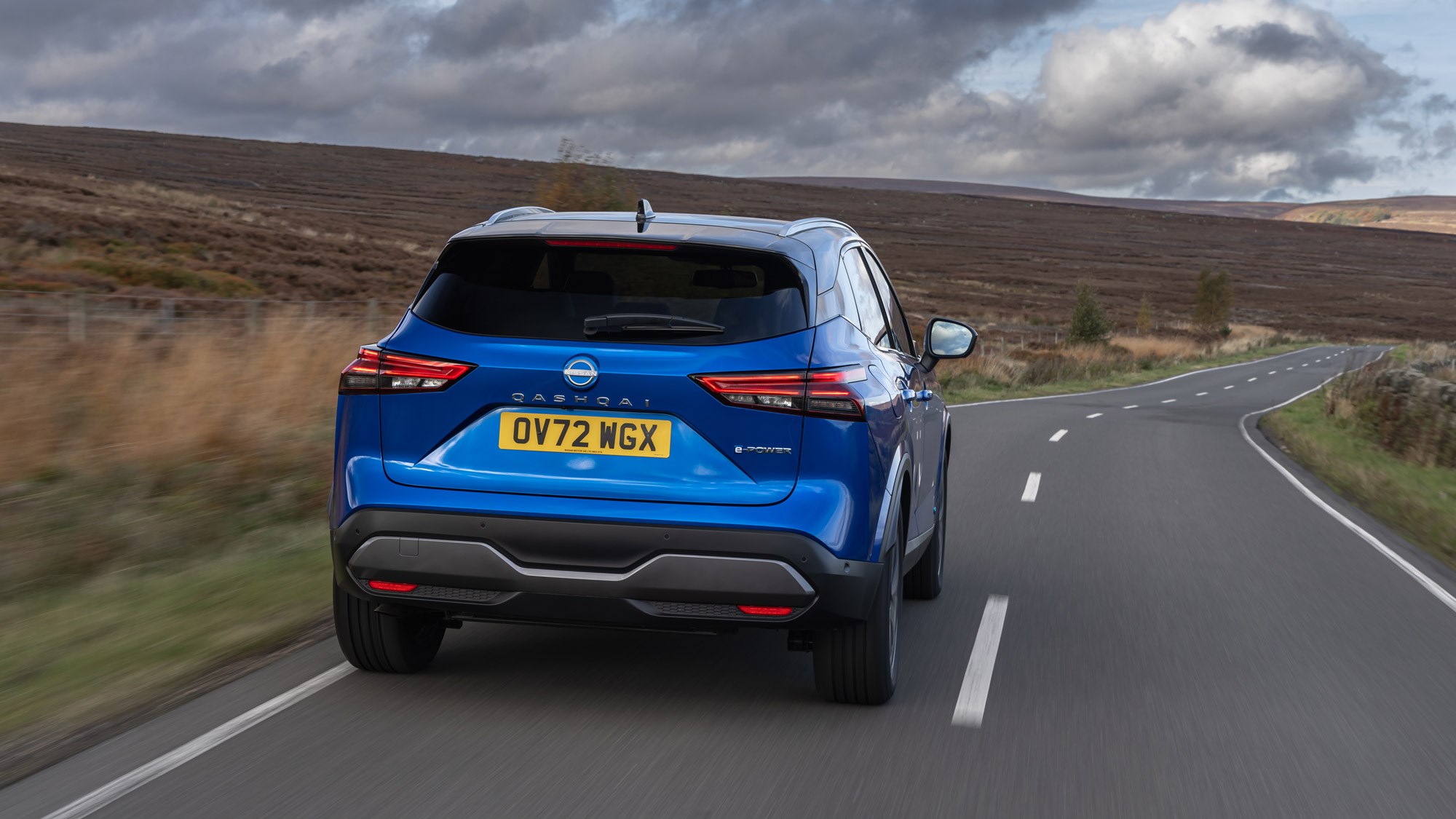
It’s one of those cars that car fans love to hate, but the Qashqai is ultimately very pleasant to drive. The e-Power setup is quite brisk for a car of this type, and though you won’t be grabbing the keys to it for a fun Sunday morning drive, it handles well. Nissan’s driver assistance features, notably the lane-keep assist and adaptive cruise control, are also among some of the best around, and much less intrusive and annoying than other systems of this type. Nissan could well teach plenty of other manufacturers a thing or two about this.
What about the interior?
The Qashqai offers a smart interior, too, especially in the case of our top-spec Tekna test car, which gets blue decorative elements and a brilliant full-length glass roof that fills the cabin with light.
Most versions also get a new 12.3-inch touchscreen and full digital dials, both are not exactly cutting-edge, but are clear and easy to use, and the general ergonomics of the Qashqai’s cabin are top-draw.
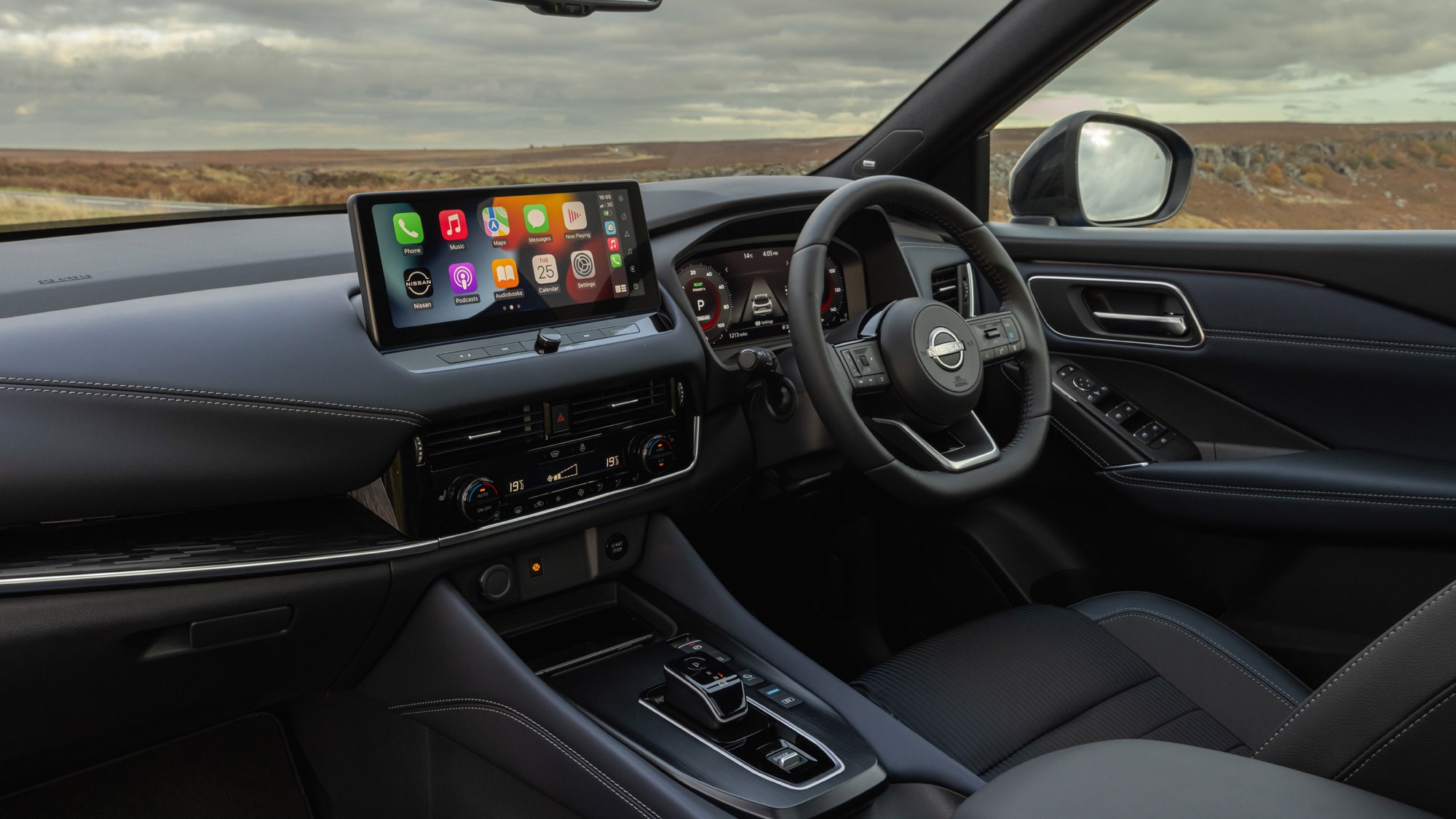
It also ticks the all-important family car boxes. The rear doors almost open a right-angles, making it ideal for getting children in and out of the back, and likely to contributing to more car park door dings.
There’s plenty of room for all occupants, with a decent amount of space in the back even for taller adults. You get no practicality penalty for choosing the e-Power over the mild-hybrid, either, as it boasts a useful 504-litre boot.
Before you buy
Just about every mainstream manufacturer offers at least one rivals to the Qashqai, so there is no shortage of choices. Some of the best options in this class include the Skoda Karoq, or a Volvo XC40 if you want something a bit posher. The Qashqai isn’t quite the best this class has to offer, but it gets close.
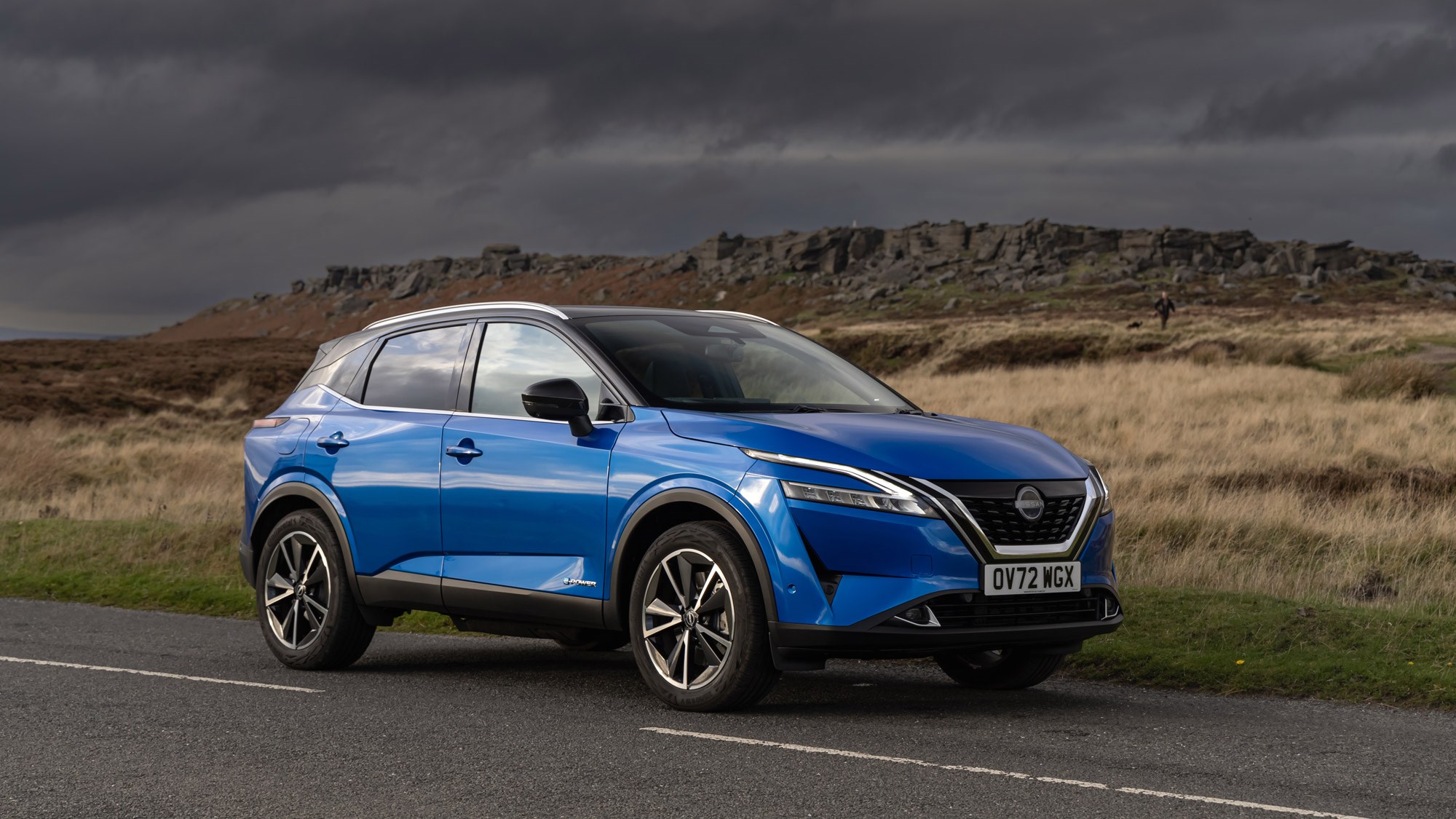
The e-Power is available in all of the Qashqai’s trim levels, other than the entry-level Visia, but you’d want to skip that anyway as it misses out on a touchscreen. Otherwise, the Qashqai’s equipment list is generous, including 18-inch alloy wheels, a reversing camera and dual-zone climate control as a minimum. Prices for the e-Power hybrid start from £34,020 – £2,000 more than a regular automatic Qashqai – and rise to £42,050 for a top-spec Tekna+. The more refined setup of the e-Power justifies the premium.
Verdict
The Qashqai is one of those cars that, from a distance, is easy to lament. It helped kickstart off the now mass-market crossover segment, and while this might have come at the expense of some regular hatchbacks, the Qashqai is one very well-rounded product.
The Qashqai isn’t exciting or especially cool, but is remarkably fit for purpose, and only improved by the new e-Power hybrid model. It might be a bit of a generic option, but there’s a reason you see so many of them.